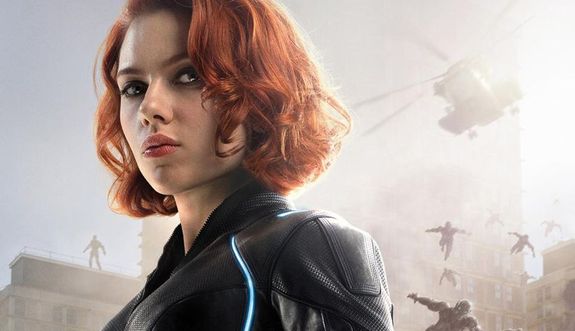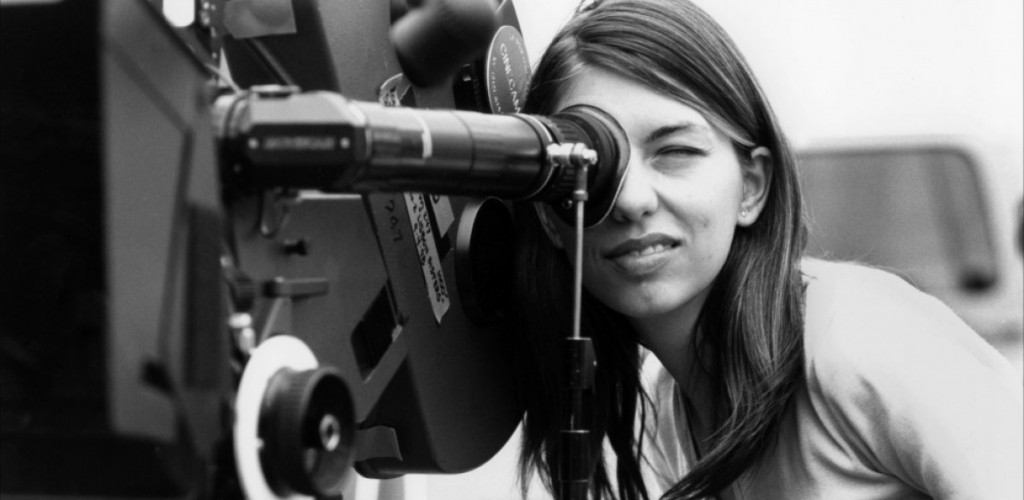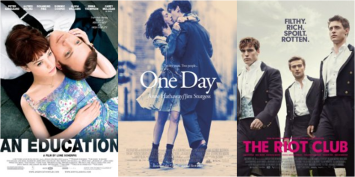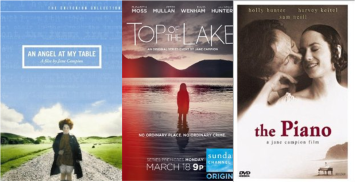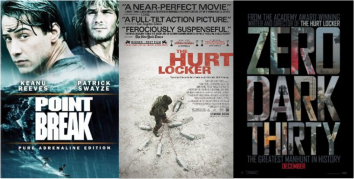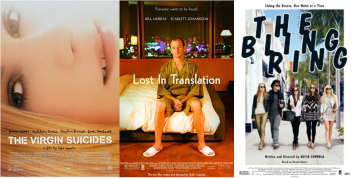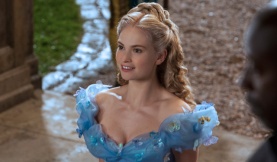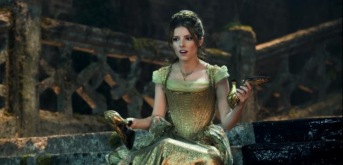I’ve adapted this post from a paper I gave in university. I’ve included a bibliography at the end. TW: self-harm/ suicide/ eating disorders.
There’s lots written on mental illness in cinema. Some of the key areas include: glamorisation; stigmatisation; and accuracy. Here, I will be making a link that I don’t think has yet been explicitly made, and that is between mental illness and abjection, with particular reference to female adolescence.
What is the purpose of this? Abjection is already a large area of study within film studies. By applying it to mental illness, it will hopefully shed light on how representations of mentally ill characters are both coded and received.
I’ll be focusing Girl, Interrupted, but this will be set against a backdrop of films that similarly portray American teenage girls suffering with mental illnesses, such as The Virgin Suicides, Thirteen and Prozac Nation. Firstly to summarise Girl, Interrupted. It is based on Susanna Kaysen’s memoir of her time in her late teens in a mental hospital in the 1960s. Through the film we see Susanna, played by Winona Ryder, coming to understand her illness as well as bonding with the other patients.
Abjection
So what is abjection? It is a critical concept used across many academic areas including medicine, literature and psychoanalysis. Its meaning is complex, but here I am using the interpretation established by feminist philosopher Julia Kristeva in Powers of Horror (1982) and then developed by Barbara Creed inThe Monstrous Feminine (1993). In a nutshell, abjection concerns borders and boundaries, and more importantly, things crossing those boundaries. These boundaries don’t have to be physical, but can also be socially constructed boundaries, such as laws or taboos. Julia Kristeva says “We may call it a border; abjection is above all ambiguity. Because, while releasing a hold, it does not radically cut off the subject from what it threatens it – on the contrary, abjection acknowledges it to be in perpetual danger.”, what she means is that the abject is ever present. We continually acknowledge its existence, yet keep it separate. You cannot fully remove what is abject. Cynthia Freeland similarly notes the “duality of our attraction/ repulsion” to the abject because it provides us with the knowledge of what is unacceptable while reaffirming the acceptable. The abject must always be acknowledged, despite what it threatens.
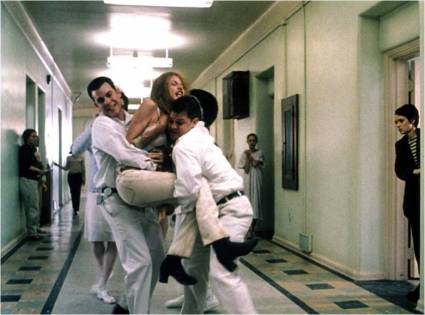
Mental Institutions
A simplistic example of a boundary in films and reality concerning mental illness is the mental institution or hospital. The appearance of the mental hospital in films concerning mental illness is frequent, such as in One Flew Over The Cuckoos Nest, Twelve Monkeys, and Shutter Island to name a few. Vera Chouinard writes that there is an “impulse to exclude” the mentally ill from the rest of society. This is because they threaten social order through their unpredictability, and also depict what people have the capability of becoming. So they are abjected in their separation.
Girl, Interrupted is set in a mental hospital and one episode sees Susanna and Lisa, a sociopath played by Angelina Jolie, escaping. During their time outside they stay with Daisy, a recently released patient. Lisa mercilessly taunts Daisy about her father’s sexual abuse and her continued self-harm despite being released from the hospital, which leads to Daisy’s suicide. Lisa then steals her money and leaves. This serves to highlight the supposed necessity for the mentally unstable to be in essence, locked away. It reaffirms the notion that they are to be feared and that they are incapable of functioning in society. It confirms their abjection.
Institutions, however, are only one example of abjection concerning mental illness. Plus not all films on the subject of mental illness feature institutions.
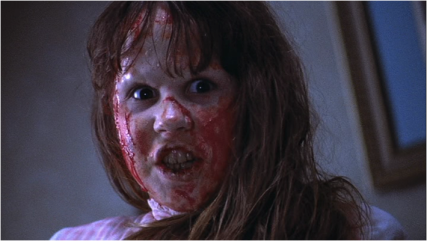
Female Adolescence
Another example of abjection is the boundary of the body, and is especially relevant when reading a text through a gendered lens. Kristeva and Creed both explore how the female body is always connected to the idea of abjection. As Barbara Creed says, “the abject is placed on the side of the feminine”. She explores how abjection is used to code women as monstrous in horror films.
Two examples she uses, The Exorcist and Carrie can be seen as metaphors for mental illness – as much of horror is. Interestingly, both protagonists are teenage girls who have just hit puberty and their emerging sexuality is the root of their monstrosity and mental instability – something that carries over to less horrific representations. For the purposes of this paper I wanted to veer away from the horror genre’s depictions of mental illness and stick to more of what could be tenuously described as ‘realistic’ depictions in melodramas. As with The Exorcist and Carrie, puberty and developing sexuality are recurrent factors in the representation of teenage girls on screen as being mentally ill.
Towards the beginning of Prozac Nation Elizabeth says that a girl getting her period is where all the trouble starts, which exemplifies this. In Girl, Interrupted Susanna’s supposed sexual promiscuity is a key reason for her categorization as not mentally sane. Similarly, Tracy in Thirteen has casual sex, along with doing drugs and self-harming, to act as expressions of her pubescent instability. And likewise in The Virgin Suicides, it is the parental repression of the Lisbon sisters’ sexual development that leads to their suicides.
The life stage of adolescence is particularly relevant not only because it is when sexuality develops, but also because it is a liminal life stage, defined as being between childhood and adulthood. Elizabeth Marshall says that her time in a mental hospital “allows Kaysen to hover between little girlhood and womanhood.”, suggesting the progression into adulthood, crossing that boundary, isn’t always easy for young girls. Furthermore, Marshall describes female adolescence as a “period of traumatic passage”, and likewise, Kathleen Rowe Karlyn describes it as a “perilous time”. There are a number of reasons for this, but what’s recurrent is the idea of becoming a proper woman.
Angela McRobbie encapsulates this when she says of the film Thirteen that it “depicts a world where the fashioning of a credible female self brings with it incalculable injuries and loss, and the requirement to become a ‘real girl’ gives rise to unfathomable rage.”. Injuries can refer to physical ones that I will look at shortly, and loss can refer to the loss of childhood. The requirement to become a real girl I think is unavoidably linked to sex. There is an appropriate amount of sex and sexual desire young women are supposed to have, but they can’t be at either extreme: asexual or hypersexual. Similarly, Karlyn states that “bad girls … typically transgress by acting out sexually.”, most female characters across the four films I’m looking at do this: Susanna and Lisa in Girl, Interrupted, Tracy and Evie in Thirteen, Lux in The Virgin Suicides, and Elizabeth in Prozac Nation.

Barbara Creed says on The Exorcist that “Possession becomes the excuse for legitimizing a display of aberrant feminine behaviour which is depicted as depraved, monstrous, abject – and perversely appealing.” The same can be applied to how the societies presented in these films view these girls but with mental illness in place of possession. It is because these girls are mentally ill that they have, or want to have, a lot of sex – basically. I must be careful though, and tread the fine line that is the characters having these opinions, rather than the films themselves (or myself even) projecting them. To varying degrees, all of the films I’m looking at are critical of the ways in which female sexual desire is regarded as a symptom of mental instability – rather than merely upholding them.
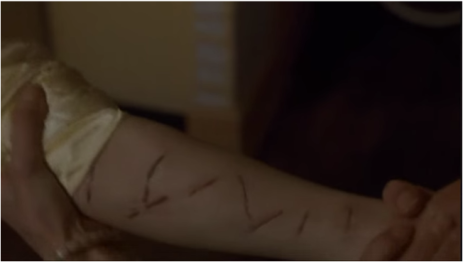
Self-harm
Moving on now to another recurrent aspect of abject imagery in these films, which is the purposeful drawing of blood through self-harm. Blood is always abject. It belongs inside the body and its presence outside is fearful and repulsive. Furthermore it is unavoidably linked with menstruation, specifically linking it to the female body. Blood is key iconography of the horror genre, think slashers, vampire films and so on. So its more unfamiliar presence in melodrama makes it instantly striking. Blood in the form of self-harm adds another level of abjection. These people are choosing to draw the blood, so they are not rejecting what is abject, they are welcoming it. If the abject serves to teach us what is appropriate by comparison, then what does it say about these girls when they willingly embrace the abject? It’s another example of how they threaten society’s rules. I think this cements the mentally ill as abject.
To a lesser extent eating disorders function in the same way. In Girl, Interrupted Daisy states that eating around other people is like defecating around them, so she restricts when and where she eats. Similarly the anorexic Janet limits what she eats. In this sense it is like they have created more boundaries than normal; they abject more. They highly police their bodies and what enters them. Again this reaffirms the connection with mentally ill to the abject, since they either have too relaxed boundaries or have created more unnecessarily.
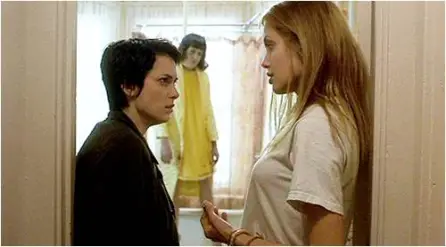
Similarly, a common abject image is the corpse. Kristeva says that “refuse and corpses show me what I permanently thrust aside in order to live… There, I am at the border of my condition as a living being. My body extricates itself, as being alive, from that border”. In more simplistic terms, what she’s saying is that we acknowledge death to be our ultimate end and corpses are the symbol of this. Therefore they are abject, crossing the border of life. Similarly, where she says refuse she refers to bodily waste, which again must be removed from the body, but the decay it represents repels us. In Girl, Interrupted and as the title suggests The Virgin Suicides suicides occur and the corpses are shown. Here they show not only the logical end to life, but to mental illness – something heightened by the young age of those who have committed suicide.
What’s recurrent is self-mutilation. Emphasis on the ‘self’ – which is interesting if you think mental illness in the horror genre usually involves harming others. Self-mutilation can be read in two different ways: a desire to harm or destroy oneself, or an attempt at controlling oneself and the harm received. For instance, Lisa suggests that Daisy cuts herself to make herself less physically appealing to her father who sexually abuses her. Therefore Daisy is harming herself as an attempt to control the overall harm she receives. Marshall states that “girls continue to ingest a cultural pedagogy that teaches girls to turn their anger inward rather than outward, that instructs them to view self-destruction as the only viable option for resistance.”. So perphaps it would have been better for Daisy to target her anger at her father to change her situation, rather than increasing the harm she herself received.
What is possibly the epicentre of abjection in terms of mental illness, is the ability of the characters in all of these films to be at times kind, vulnerable and innocent and at others destructive and cruel, or calm and logical one moment and doing unthinkable damage to themselves at others.
Chouinard hints towards this when she says “The horror which Lisa’s monstrous otherness and others’ complicity in it evokes is intense because they convey the fluidity of boundaries between the other and the self, monstrous and human, mad and sane.” These characters are abject because they cross boundaries within themselves.
Conclusion
To conclude my paper, I have demonstrated that mental illness is coded as abject in Hollywood portrayals. This is done through the presence of institutions, characters crossing boundaries in themselves in terms of behavior, their refusal to comply with society’s rules, and through self-destruction such as self-harm, eating disorders and suicide. Furthermore, the female body is central to debates on abjection and the adolescent life stage heightens this sense of liminality. These women aren’t coded to be feared as they would in a horror film, but they are nonetheless abject and viewed as abnormal, and separate from the rest of society.
Where should research go from here? Can mental illness be portrayed on screen without such visual and abject imagery as self-harm and suicide? And, I’ve looked specifically at teenage girls, are male and older characters portrayed in similar ways? I tried thinking on films featuring examples of male self-harm and suicide, and could only think of Boys Don’t Cry and Filth, but in both of these films as well as being destructive to themselves these men harm other people and they’re given considerably less sympathy than the female characters I’ve looked at, so that might be an interesting avenue for further research.
Bibliography
Chouinard, V. (2009) ‘Placing the Mad Woman: Troubling Cultural Representations of Being A Woman With Mental Illness in Girl, Interrupted’, Social & Cultural Geography,10(7), pp. 791-804.
Creed, B. (1993) The Monstrous Feminine: Film, Feminism, Psychoanalysis. London & New York: Routledge.
Freeland, C. (2004) ‘Feminist Frameworks for Horror Films’, in Braudy, L. and Cohen, M. (eds.) Film Theory and Criticism. 6th edn. New York & Oxford: Oxford University Press, pp. 742-763.
Karlyn, K. R. (2011) Unruly Girls, Unrepentant Mothers: Redefining Feminism on Screen. Austin: University of Texas Press.
Kristeva, J. (1982) Powers of Horror: An Essay on Abjection. New York: Columbia University Press.
Marshall, E. (2006) ‘Borderline Girlhoods: Mental Illness, Adolescence, and Femininity in Girl, Interrupted’, The Lion and the Unicorn, 30(1), pp. 117-133.

